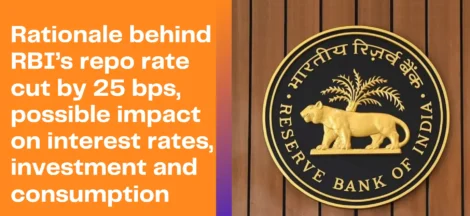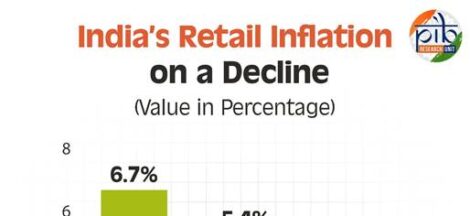By Barun Das Gupta
As India’s relations with China have steadily deteriorated and the two countries are just a step away from an armed confrontation, Bangladesh’s relations with China are steadily improving. Today, China is the biggest trading partner of Bangladesh and Bangladesh is China’s second biggest training partner in South Asia. The bilateral trade of the two countries now stands at $18.33 billion. And the volume of bilateral trade is growing. It has registered an increase of 24.6 per cent over the past five years.
The coming to power of the BJP at the Centre in 2014 was seen with unease by Bangladesh. Since then the top leadership of the BJP has been constantly harping on the so-called Bangladeshi infiltration problem. Home Minister Amit Shah’s warning that “ghar ghar mein ghus ghus kar ghus petiyon-ko bhagayenge (we will enter every home to find and drive out the infiltrators) created strong fear and apprehension in Bangladesh. By “infiltrators” the BJP means the Bengali Muslims who have come to India not only after partition, but even before partition. They number millions. If they are driven out from India, the only country they can go to is Bangladesh. This is a very real possibility that is creating fear of and hostility of Bangladesh toward India.
This fear is turning Bangladesh away from India and more to China. As in other countries, China is giving great emphasis on infrastructure development in Bangladesh. An article published by the Chinese embassy in Dhaka claims that since 2016, China has provided $10 billion of concessional loans to Bangladesh. The Chinese embassy article says: “China will continue to promote the infrastructure building in the region, while more and more Chinese investors will participate in the economic development in Bangladesh.”
The reverse should have been the case. India should have been at the top of the list of donors and investors in Bangladesh. It may be recalled that President Xi Jinping visited Bangladesh in October, 2016 and Prime Minister Sheikh Hasina paid a return visit to China in July, 2019.
Even Pakistan is now wooing Bangladesh. The memory of the bloody revolution in the then East Pakistan in which some three million Bengalis were butchered by the Khan sena (West Pakistani, especially Punjabi, soldiers) is fading away. Pakistani ambassador to Bangladesh, Imran Siddiqi, recently told Bangladesh Foreign Minister A. K. Abdul Momen that his country desired stronger relations with “brotherly” Bangladesh with which Pakistan “share(s) common bonds of history, religion and culture”. What he did not explain was why in spite of these common bonds, Bangladesh separated from Pakistan to declare its independence in1971.
There is no denying the fact that there are Islamic fundamentalist organizations in Bangladesh which have a substantial following. They are dead opposed to Sheikh Hasina and her Aswami League. Pakistan has been targeting these organizations but without much success. Alienation of Bangladesh from India on any issue, for any reason, will be immediately exploited by these pro-Pakistani elements. Objectively it will help Pakistan.
Sharing of Teesta waters with Bangladesh is a major irritant in Indo-Bangladesh relations. It has proved to be an intractable problem, mainly because of the difference between the Centre and the West Bengal Government. The issue is still hanging fire. Meanwhile, China has taken advantage of the situation. It has agreed to finance a project for the management of the Teesta. Details are not known. Bangladesh media has reported that China has offered a loan of $1 billion to Dhaka so that water levels do not fall after the monsoon season is over and drought has set in. India has to blame herself for not quickly settling this problem and allowing China to exploit the issue to its advantage.
With a little imagination and willingness, it should be possible for India to help Bangladesh utilize its natural resources commercially. Bangladesh was once a predominantly agricultural country. But the situation has now completely changed. Bangladesh has a robust industrial base. Today, agriculture contributes a mere 12.68 per cent to the GDP, while industry’s contribution is more than double at 29.65 per cent Services contribute 52.85 per cent. The readymade garments industry of Bangladesh is one of the major foreign exchange earners of the country. The value of readymade garments exports now stands at $36.67 million.
India cannot afford to ignore or underestimate the importance of Bangladesh in the politics of South Asia. China knows her main rival in South Asia is India. With that end in view, China is befriending India’s neighbouring countries and subtly trying to turn them against India. Humiliating India and making it appear before South Asian nations as a weak, helpless country before China is one of China’s principal aims. India’s muscular response to Chinese aggression in Ladakh has helped to change this image of India. If India can win a diplomatic or military victory over China in Ladakh, India’s prestige and standing vis-à-vis China will go up.
However, to bring Bangladesh closer to India, much more will have to be done. Financial assistance apart, there should be more people-to-people contact between the two countries. India should encourage students from Bangladesh to come to Indian universities, IITs etc. The Government will have to ensure that the Bangladeshi students are not abused or attacked or targeted in India. This is of great importance because anti-Muslim sentiments are being deliberately whipped up parties which are known to be patronized by the party in power. (IPA Service)




 Remembering K R Narayanan On His Centenary
Remembering K R Narayanan On His Centenary 